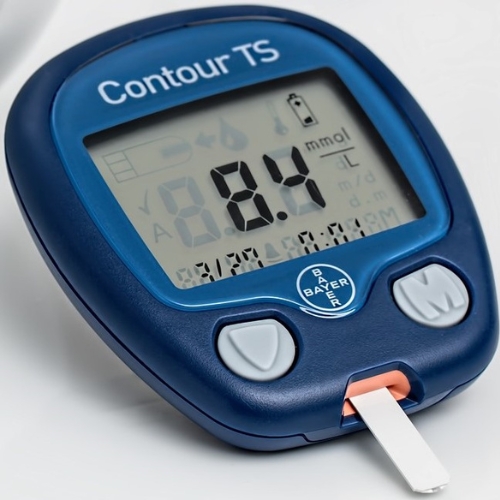Key points from article :
Scientists are exploring a groundbreaking approach to treating type 1 diabetes by 3D printing insulin-producing cell clusters, potentially allowing patients to produce their own insulin without the need for invasive surgery. Traditionally, a long-term treatment option involves transplanting pancreatic islets from donors into the liver via the portal vein. However, this process is invasive and inefficient—about half the transplanted cells lose function quickly, requiring repeated procedures.
A team led by Quentin Perrier at the Wake Forest Institute for Regenerative Medicine developed a new method by 3D printing islets using a "bioink" made of human pancreatic tissue, alginate (a seaweed-based compound), and live insulin-producing cells. The printed structures are designed to promote blood vessel growth, improving oxygen and nutrient delivery. In lab tests, about 90% of these printed cells survived and functioned for three weeks, showing promising early results. Perrier presented this work at the 2025 European Society for Organ Transplantation meeting in London.
Meanwhile, Adam Feinberg from Carnegie Mellon University and FluidForm Bio presented a different 3D printing method at the 2025 International Pancreas & Islet Transplant Association meeting. His team created islets by printing cells and collagen into a gel-like polymer. In diabetic lab mice, the transplanted islets successfully restored blood sugar control for up to six months. However, Feinberg cautioned that using human tissue can be inconsistent and hard to obtain, making it a complex solution to scale.
Both researchers agree that the future likely lies in stem cell-based therapies, which could offer a more consistent and scalable source of insulin-producing cells. If successfully translated into human treatments, 3D printed islets may revolutionize how we manage type 1 diabetes—offering a less invasive, longer-lasting alternative to daily insulin injections.








